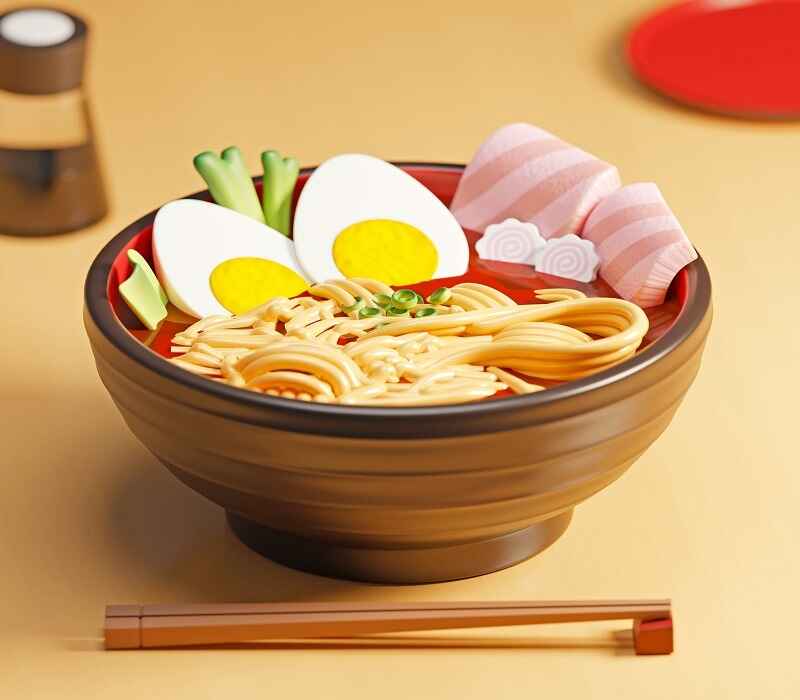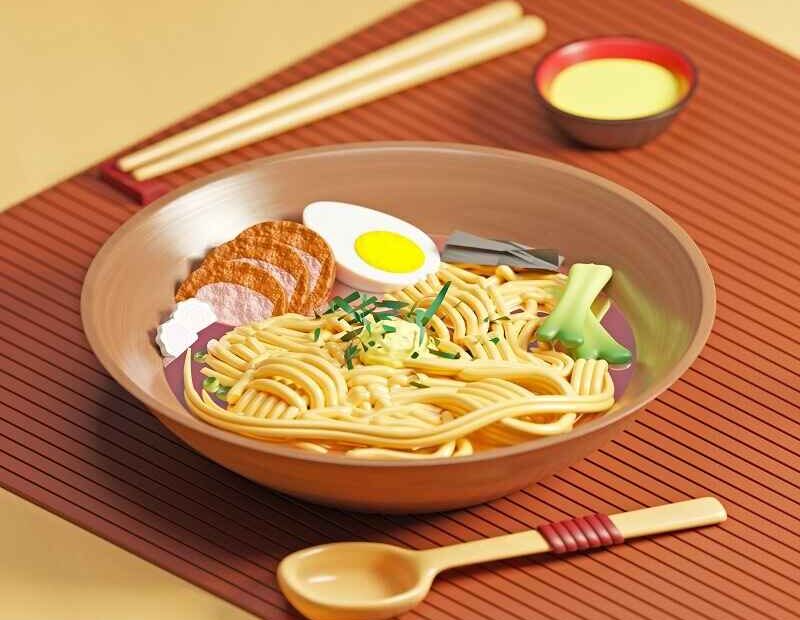Introduction
When you think of Japanese cuisine, ramen might be the first dish that comes to mind. But among the numerous types of ramen, Onomichi Dango Masayoshi Ramen Original stands out as a unique fusion of traditional and modern flavors. Born in the scenic town of Onomichi, Japan, this dish combines the savory elements of ramen and the delightful chewiness of dango (Japanese rice dumplings), offering a memorable culinary experience. This article will explore what makes this ramen unique, its origins, and why it has gained local and international popularity.
The Origins of Onomichi Dango Masayoshi Ramen

Onomichi is a coastal town known for its rich history, stunning views, and bustling food scene. The “Onomichi Dango Masayoshi Ramen Original” was created by Chef Masayoshi, who grew up in this town. Inspired by local flavors and traditional dishes, he wanted to create something new yet rooted in Onomichi’s culinary culture. The result was a dish that combines classic Onomichi-style ramen with dango, a chewy rice dumpling often enjoyed as a sweet snack in Japan.
Traditional Onomichi ramen is known for its light, soy-based broth, typically made with local fish and chicken bones. Masayoshi elevated this by adding his signature touch, incorporating a subtle sweetness from the dango. The pairing might seem unconventional, but it perfectly balances the salty and umami flavors of the broth, creating a unique dining experience.
What Makes Onomichi Dango Masayoshi Ramen Original Special?
Innovative Use of Dango
The addition of dango sets this dish apart. Traditionally, dango is served as a sweet treat, often skewered and topped with sauces like sweet soy or red bean paste. However, Chef Masayoshi took a bold step by adding these chewy dumplings to ramen, giving the dish a unique texture. The Dango absorbs the broth’s flavors, contrasting the springy noodles pleasantly. It’s an unexpected twist that has delighted many food enthusiasts.
The Rich Broth
The broth of Onomichi Dango Masayoshi Ramen Original is carefully crafted. It blends soy sauce and local seafood, like sardines and skipjack tuna, with pork or chicken bones. This mix creates a deep, savory, umami-rich flavor with a sweet touch. Simmering for hours ensures the flavors meld together, creating a comforting yet complex broth.
Handcrafted Noodles
The noodles in this ramen are made from a mix of rice and wheat flour. They are thicker than typical ramen noodles, providing a chewy texture that complements the softness of the mango. The firm yet tender bite of the noodles helps absorb the broth’s richness, satisfying every mouthful.
Carefully Chosen Toppings
No bowl of ramen is complete without toppings, and Onomichi Dango Masayoshi Ramen doesn’t disappoint. Each bowl typically includes:
- Braised pork: Tender slices that add richness to the dish.
- Bamboo shoots: For a slight crunch and earthy flavor.
- Green onions: Providing a fresh, aromatic finish.
- Grilled mochi: This dish echoes the texture of dango but with a crispy touch. These toppings and seasonal vegetables bring color, flavor, and texture, ensuring a well-rounded dish.
Why Onomichi Dango Masayoshi Ramen Original Is a Must-Try
- Textural Contrast: The soft, chewy dango paired with firm noodles creates an exciting texture profile.
- Balanced Flavors: The broth balances savory, sweet, and umami, with the dango adding a mild sweetness.
- Connection to Tradition: While it introduces a modern twist, the dish respects the traditional elements of Onomichi ramen.
How to Enjoy Onomichi Dango Masayoshi Ramen
If you’re in Onomichi, visiting Chef Masayoshi’s restaurant is necessary. However, for those who can’t make the trip, the popularity of this ramen has spread, and you might find variations in ramen shops across Japan. Additionally, some specialty stores offer ramen kits that allow you to recreate this dish at home. These kits typically include broth packets, noodles, and dango, so all you need are your favorite toppings.
Making Onomichi Dango Masayoshi Ramen at Home
Recreating this dish at home is possible, though it requires attention to detail. Here’s how you can do it:
- Prepare the broth: Use pork or chicken bones, dried fish, soy sauce, and vegetables. Simmer for several hours to extract deep flavors.
- Cook the noodles: Use thick ramen from rice and wheat flour.
- Make the dango: Form dumplings from glutinous rice flour and boil until soft and chewy.
- Assemble: Place the noodles in a bowl, pour the broth over them, and add the mango. Garnish with your choice of toppings.
The Cultural Significance of Onomichi Ramen
Onomichi ramen, with its seafood-infused broth, represents the city’s connection to the Seto Inland Sea. It reflects the town’s maritime heritage, where fresh, locally sourced ingredients are celebrated. Chef Masayoshi’s version takes this further by adding dango, merging two iconic elements of Japanese cuisine. This innovative twist has turned the dish into a symbol of creativity and tradition, loved by locals and travelers alike.
Global Popularity and Future Prospects
As more people discovered this dish, the Onomichi Dango Masayoshi Ramen Original started appearing on menus worldwide. International chefs embrace its unique combination of flavors and textures, creating their versions while staying true to the original concept. Social media has also spread its popularity, with food bloggers and influencers sharing their experiences online. The rise of this ramen shows how traditional dishes can evolve, adapt, and gain new fans globally.
Nutritional Benefits
Beyond its delightful taste, this ramen offers some health benefits:
- Omega-3s from seafood: Good for heart health.
- Collagen from broth: Supports skin and joint health.
- Protein from dango: Helps in muscle repair and growth.
Conclusion
Onomichi Dango Masayoshi Ramen Original is a prime example of how innovation can breathe new life into traditional dishes. Combining the deep flavors of Onomichi-style ramen with the soft chewiness of Dango, it offers a balanced, flavorful, and satisfying experience. Whether enjoyed in a cozy ramen shop in Onomichi or recreated in your kitchen, this dish will captivate your taste buds and leave you wanting more. Its ability to blend the past with modern creativity makes it a must-try for anyone passionate about Japanese cuisine.
Visit our Website to read more information. Get Instant Live.
